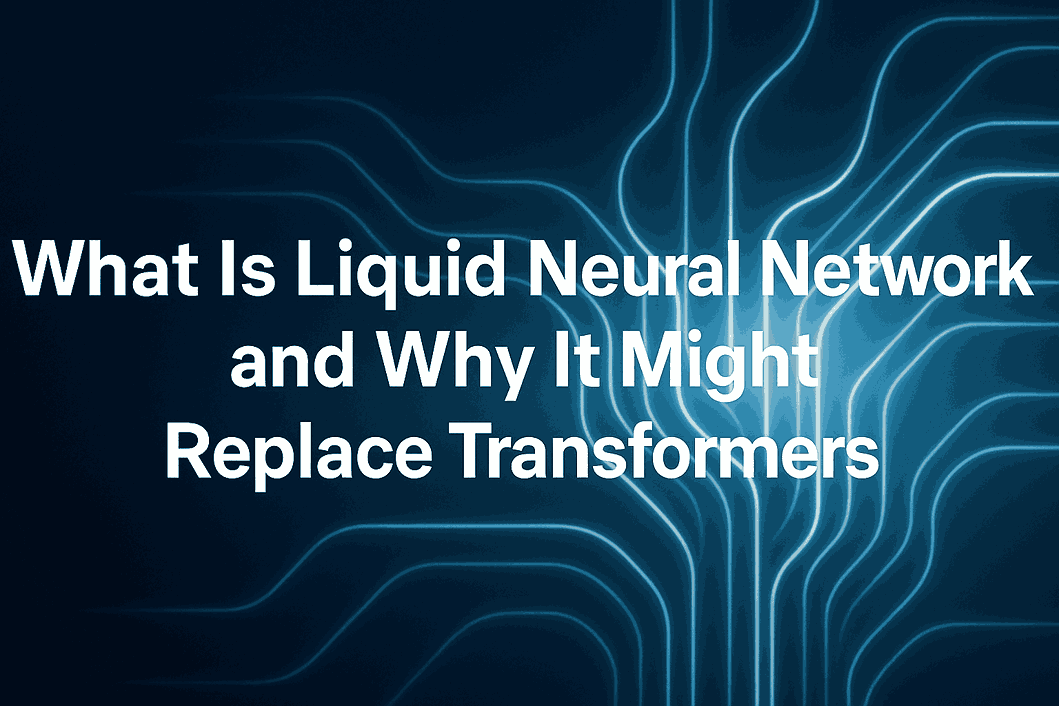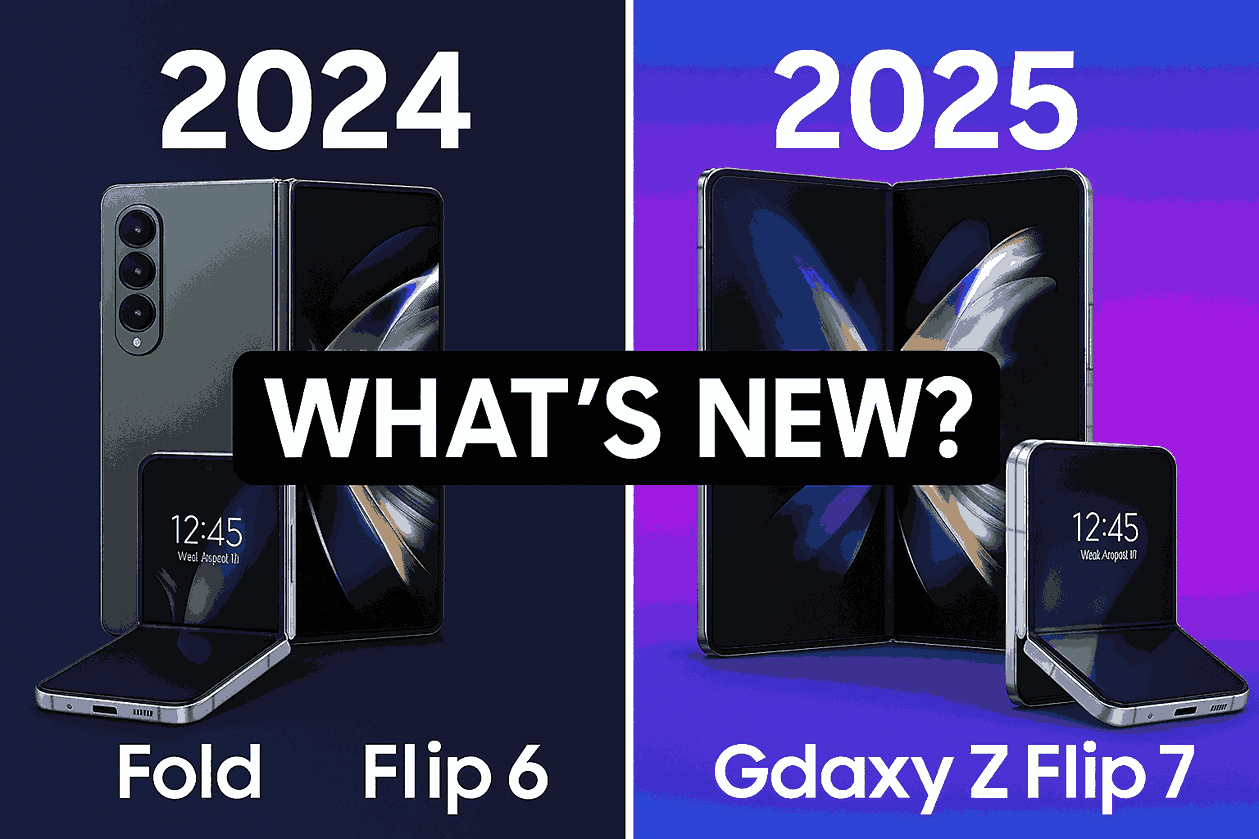
What Is Liquid Neural Network and Why It Might Replace Transformers

Artificial Intelligence (AI) is constantly evolving, but few innovations have made researchers and engineers reconsider the fundamentals like the Liquid Neural Network (LNN). This emerging architecture could potentially outperform transformers — the backbone of today’s AI — in dynamic, real-time environments.
What Is a Liquid Neural Network?
A Liquid Neural Network is a type of neural network architecture developed by researchers at MIT. Unlike traditional models where the structure is static, LNNs use a system of continuously changing differential equations, which allow the model to adapt its behavior based on incoming data.
The term "liquid" refers to the model’s ability to adjust its parameters dynamically. This makes it highly responsive, flexible, and more efficient in environments with shifting data — such as real-time robotics, autonomous systems, and adaptive control.
How Are LNNs Different from Transformers?
- Dynamic vs. Static: Transformers rely on fixed architecture, while LNNs evolve with data in real-time.
- Computation Efficiency: LNNs require fewer parameters, making them lightweight and faster in some scenarios.
- Better for Edge Devices: Because of their low computational overhead, LNNs are ideal for on-device learning.
- Interpretability: Liquid models are based on differential equations, which are often easier to interpret scientifically.
Why Might Liquid Neural Networks Replace Transformers?
While transformers have transformed language modeling and generative AI, they are resource-hungry and static in nature. LNNs open the door to a new wave of models that can adapt, learn continuously, and consume less power. For use cases like autonomous vehicles, edge AI, or even personal assistants that must learn over time, LNNs may offer superior real-world performance.
Recent Research Highlights
- MIT’s 2024 paper showed LNNs outperforming state-of-the-art models in adaptive control systems.
- Meta AI and Google DeepMind are reportedly experimenting with hybrid transformer-LNN architectures.
- Open-source LNN frameworks are gaining traction on GitHub, especially in the robotics and time-series domains.
Challenges Ahead
Despite their promise, LNNs are still in early research phases. Training stability, scalability for large-scale language tasks, and integration into existing AI pipelines remain key hurdles. However, with active academic and industry interest, rapid progress is expected.
Conclusion
Liquid Neural Networks represent a bold new direction in AI. While transformers are far from obsolete, LNNs could soon complement or even replace them in specific, real-world applications. Staying ahead of this shift could mean rethinking how we design AI models from the ground up.
Interested in where humans still outperform AI in the job market? Don’t miss our article on Top 10 Tech Jobs That Won’t Be Replaced by AI in 2025.
Tags: Liquid Neural Networks, AI Future, Transformers, Neural Architecture, MIT AI
—
Related Article
Your Opinion
Trending
Recently Posted

What the Meta AI Glasses Reveal About the Future of AR

Galaxy Watch 8 Series: Smarter, Sharper, and Ready for Action in 2025

